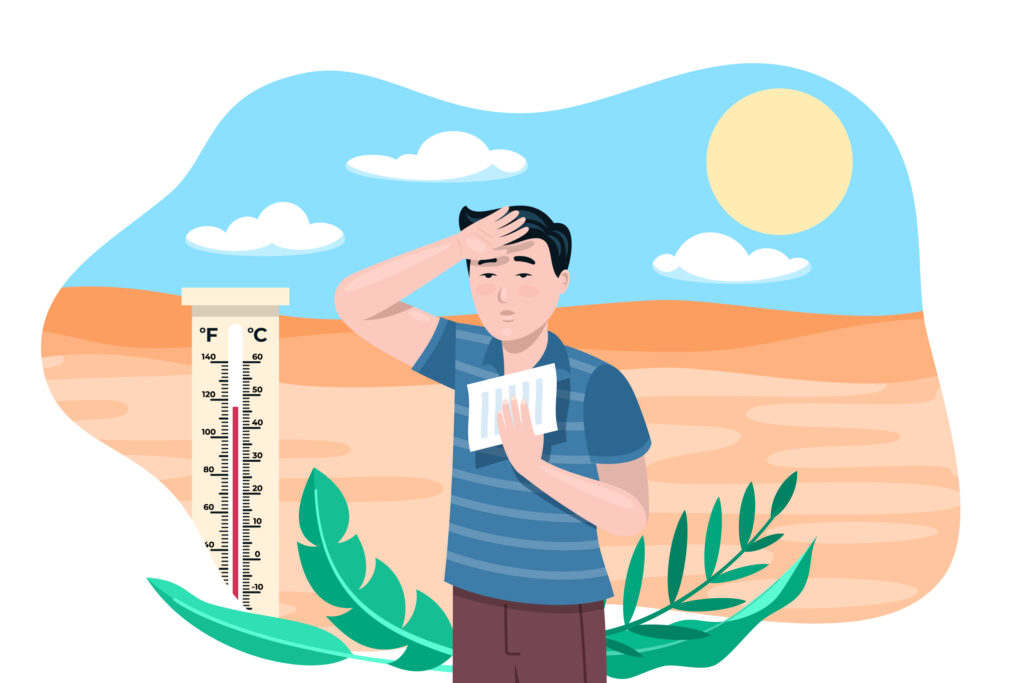
The common cold, often regarded as a minor annoyance, can disrupt daily life and productivity. It is a prevalent ailment that affects millions of people globally each year. In this article, we will explore the common cold, including its causes, symptoms, and available treatments.
What Is the Common Cold?
The common cold is a viral infection primarily caused by rhinoviruses, though several other viruses can also trigger similar symptoms. It is a contagious illness that primarily affects the upper respiratory tract, leading to various uncomfortable symptoms.
Symptoms of the Common Cold
- Runny or Stuffy Nose: One of the most recognizable signs of a cold is a congested or runny nose. This occurs as the virus infects the nasal passages and triggers inflammation.
- Sneezing: Frequent sneezing is common due to irritation in the nasal passages and the body’s attempt to expel the virus.
- Coughing: A persistent dry or mucus-producing cough can accompany a cold, causing irritation in the throat.
- Sore Throat: The virus can cause a scratchy or sore throat, which can be uncomfortable.
- Mild Headache: Some individuals experience mild headaches as a result of the body’s response to the infection.
- Low-Grade Fever: While not always present, some people may develop a low-grade fever during a cold.
Causes of the Common Cold
- Viral Transmission: The common cold spreads through direct contact with an infected person or contaminated surfaces. When an infected person coughs, sneezes, or talks, they release tiny virus-containing droplets into the air.
Viruses causing FLU
- Rhinoviruses: These are the most frequent culprits, responsible for a significant portion of cold cases.
- Coronaviruses: Some strains of coronaviruses, such as HCoV-229E and HCoV-NL63, can cause cold-like symptoms.
- Adenoviruses: Certain adenovirus types can lead to cold symptoms, especially in children.
- Enteroviruses: These viruses, like enterovirus D68, can occasionally cause cold-like illnesses.
- Respiratory syncytial virus (RSV): RSV typically affects infants and young children, causing cold-like symptoms.
- Parainfluenza viruses: These viruses are more commonly associated with croup and bronchiolitis but can also lead to cold symptoms.
- Influenza viruses: Although the flu is different from the common cold, it can present with similar symptoms.
Transmission
- Respiratory Droplets: When an infected person coughs, sneezes, or even talks, they release tiny respiratory droplets containing the cold virus into the air. These droplets can travel short distances and are inhaled by people nearby, leading to infection.
- Direct Contact: Close contact with an infected person, such as hugging or kissing, can also facilitate the transmission of the virus. The virus can be present in their saliva or nasal secretions, which can be transferred through direct touch.
- Indirect Contact: The virus can survive on surfaces like doorknobs, countertops, and shared objects for a short period. If a person touches a contaminated surface and then touches their nose, mouth, or eyes, they can introduce the virus into their body, causing infection.
- Airborne Transmission (less common): In some cases, the cold virus can become aerosolized and remain suspended in the air for a short time. This can occur in crowded or poorly ventilated spaces, increasing the risk of transmission to others in the vicinity.
- Hand-to-Face Contact: Touching the face, especially the nose, mouth, or eyes, with hands contaminated by the virus is a common way people become infected. Proper hand hygiene, like frequent handwashing, can help prevent this mode of transmission.
- Contagious Period: Infected individuals are typically contagious during the first few days of their cold symptoms, but they can continue to shed the virus for up to two weeks. This extended contagious period contributes to the spread of the common cold.
Preventative measures like practicing good hand hygiene, avoiding close contact with infected individuals, and maintaining a clean environment can help reduce the transmission of the common cold.
Treatment of the Common Cold
- Rest: Adequate rest allows the body to focus on fighting the infection. It’s essential to get enough sleep during a cold.
- Hydration: Staying well-hydrated can help relieve congestion and prevent dehydration, especially if you have a fever.
- Over-the-Counter Medications: Over-the-counter remedies, such as decongestants and pain relievers, can provide relief from some symptoms like congestion and fever.
- Saltwater Gargle: Gargling with warm saltwater can soothe a sore throat.
- Humidifiers: Using a humidifier in your room can add moisture to the air, making it easier to breathe.
- Antibiotics Are Ineffective: It’s crucial to note that antibiotics are ineffective against viral infections like the common cold. They should not be used unless a bacterial infection is also present.
Conclusion
The common cold may not be life-threatening, but it can certainly disrupt your routine and make you feel miserable. Understanding its causes, recognizing its symptoms, and knowing how to treat it effectively can help you manage this prevalent ailment. Remember that prevention, such as good hand hygiene and avoiding close contact with infected individuals, is the first line of defense against the common cold.


Pingback: Multiple Sclerosis: Causes, Symptoms, Treatment - Modern Health
Pingback: Stevens-Johnson Syndrome - Causes Treatment and Complications - Modern Health